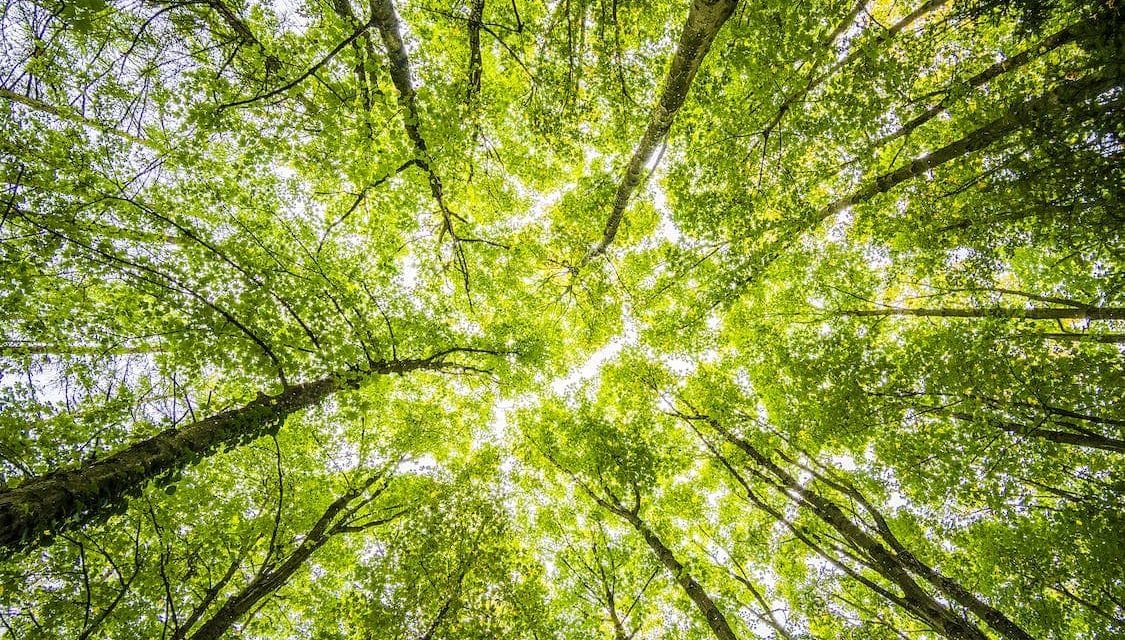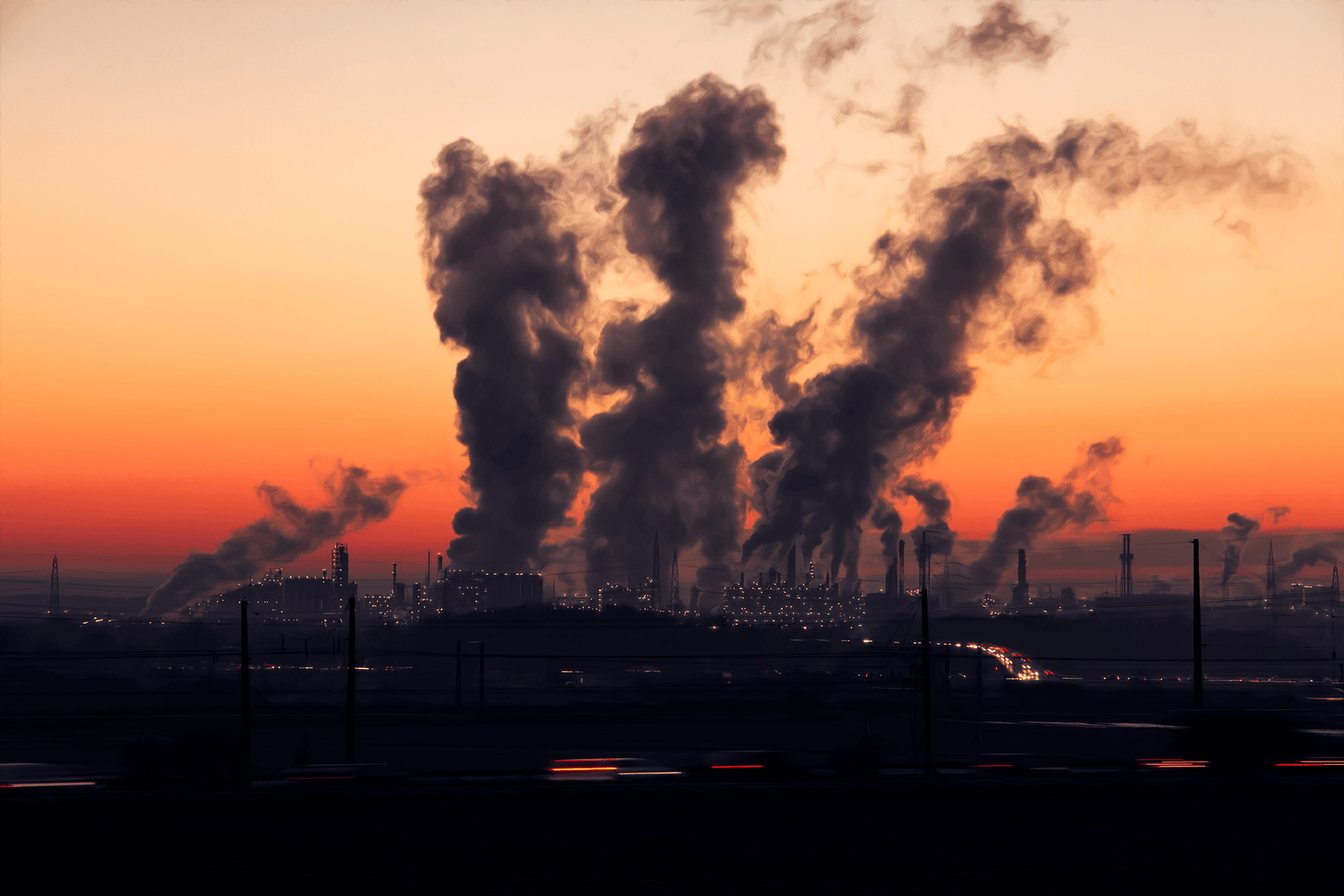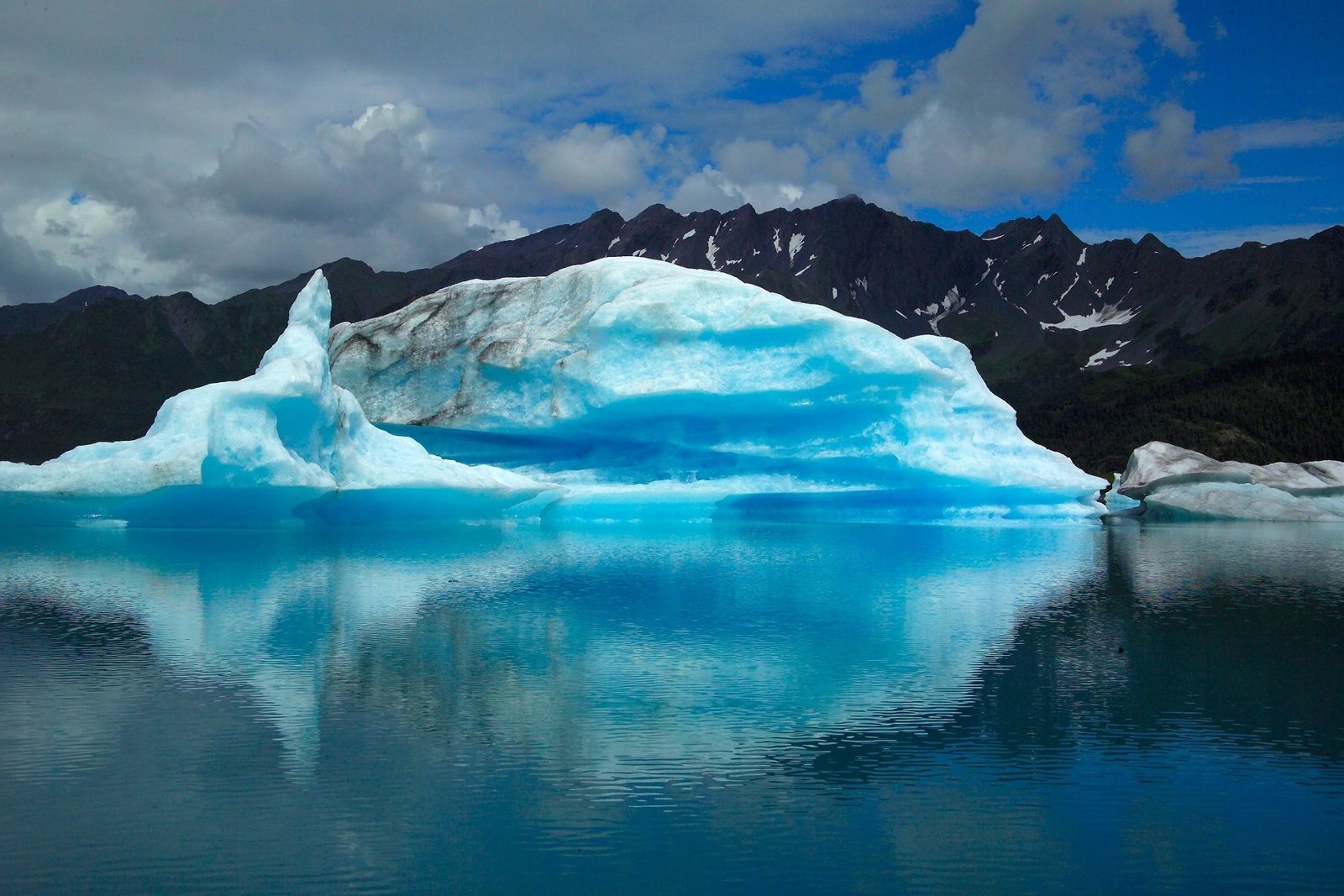Deforestation in the Brazilian Amazon has seen a remarkable decline of 66 percent in July compared to the same month last year, according to preliminary data released by the National Institute for Space Research (INPE).
The encouraging figures mark a significant improvement in efforts to protect the world’s largest biome and come ahead of a crucial regional summit aiming to tackle the ongoing environmental crisis. However, experts remain cautious, stressing the need for sustained efforts and continued vigilance to ensure long-term success.
Political Change and Environmental Protection
The improvement in deforestation rates is attributed to the change in political leadership in Brazil. When former president Jair Bolsonaro, known for his controversial environmental policies, was in office, the Amazon experienced one of the worst cutting and burning seasons in recent history. However, since President Luiz Inácio Lula da Silva assumed office at the start of the year, there has been a noticeable shift in approach.
The government has taken decisive actions against land grabbers and illegal miners, increased demarcation of indigenous land, and established more conservation areas.
Lula’s Ambitious Targets
President Lula da Silva’s administration set a strong target of zero deforestation, which has played a key role in the positive change.
His approach has led to the creation of new conservation units and indigenous territories, yielding some tangible results. Building on this progress, Lula aims to develop a new model of prosperity that is less harmful to local communities and the forest.
As Brazil is home to 60% of the Amazon, the country’s commitment is critical to the overall success of conservation efforts.
The Amazon Summit and Regional Cooperation
In an effort to strengthen regional cooperation and address the climate crisis, Lula, along with Brazilian environment minister Marina Silva, will host an Amazon summit in Belém on 8-9 August.
This summit will bring together leaders from eight rainforest nations: Brazil, Colombia, Bolivia, Peru, Ecuador, Venezuela, Guyana, and Suriname.
The aim is to produce concrete action plans and share best practices focused on forest protection, support for traditional communities, combating inequality, and strengthening democracy.
Factors Contributing to the Decline in Deforestation
Experts believe that a combination of factors has contributed to the substantial decline in deforestation rates.
These include the resumption of government embargoes and protection activities, improved technical analysis to identify problem areas more quickly, increased involvement of banks in denying credit to landowners involved in clearing trees, and the influence of the European Union’s new laws on deforestation-free trade.
Continued Caution and Need for Long-Term Solutions
While the current progress is encouraging, experts warn against complacency. A single month’s data is not indicative of a long-term trend, and it may take several years to ascertain the full extent of the improvements.
Additionally, ongoing challenges, such as the El Niño weather phenomenon, which can exacerbate drought and fire risks in the Amazon, require sustained efforts in forest protection and conservation.
It is not enough
The significant drop in deforestation rates in the Brazilian Amazon in July is an encouraging sign of progress in the fight against deforestation.
President Lula da Silva’s commitment to zero deforestation, along with regional cooperation efforts, has played a vital role in the positive change. However, stakeholders stress the need for continued commitment, vigilance, and long-term structural measures to ensure that the Amazon’s vital role as a climate stabilizer and rainmaker is preserved for generations to come.
As the Amazon summit approaches, leaders from rainforest nations will have an opportunity to develop concrete action plans and unite in their efforts to protect this critical ecosystem.
The world will closely watch their actions to safeguard the Amazon’s biodiversity, combat climate change, and protect the livelihoods of indigenous communities and millions of people who depend on this fragile ecosystem.










